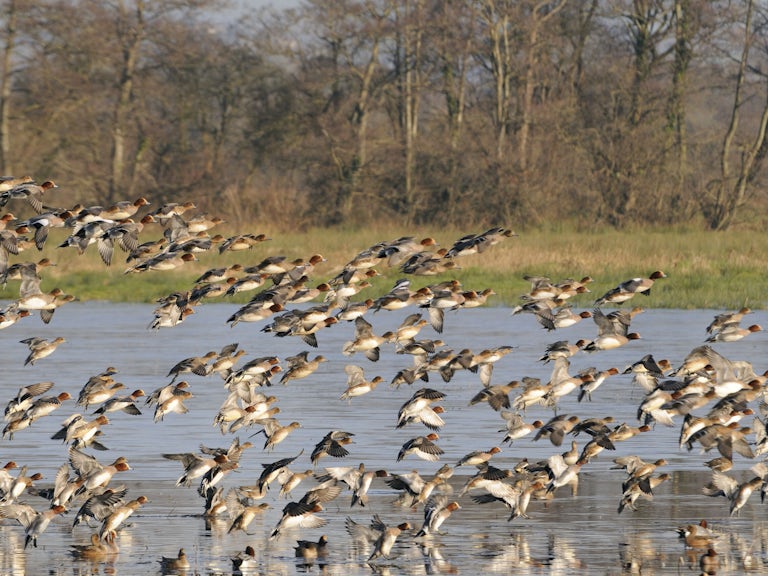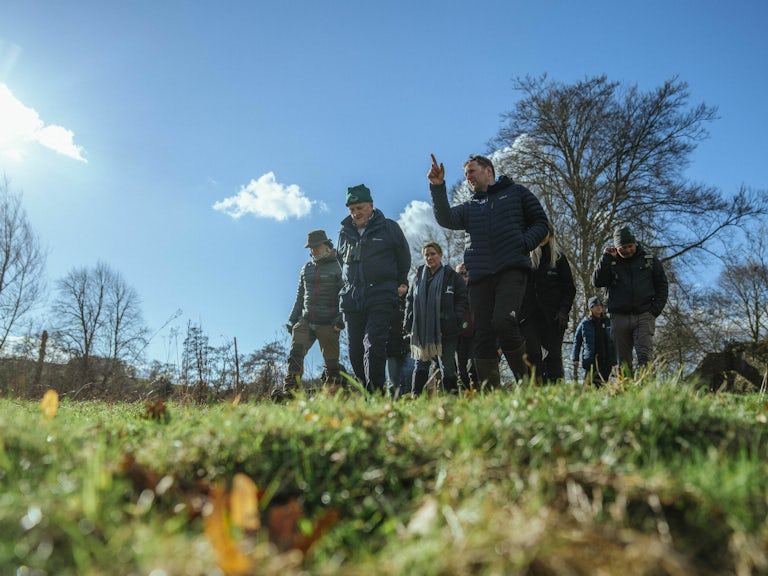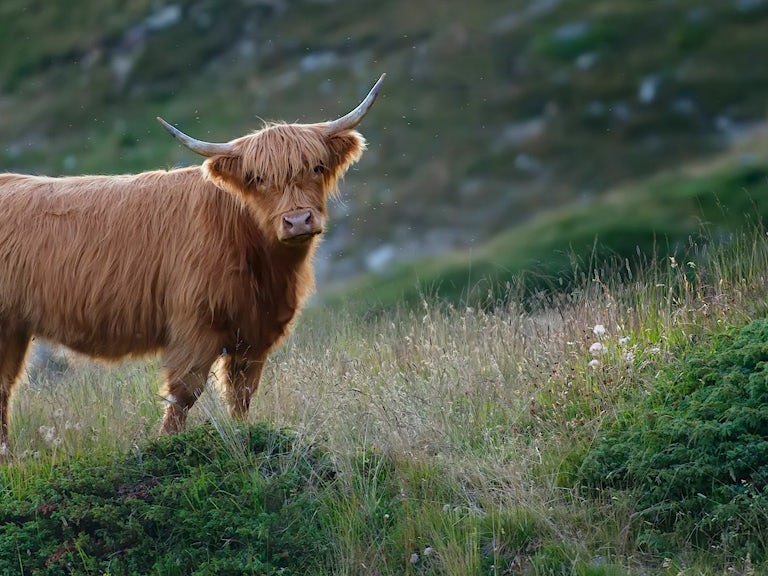The relationship between rewilding and natural capital
These two great leaps in conservation thinking will help us face the environmental and social challenges of the 21st century, argues Jonathan Spencer MBE
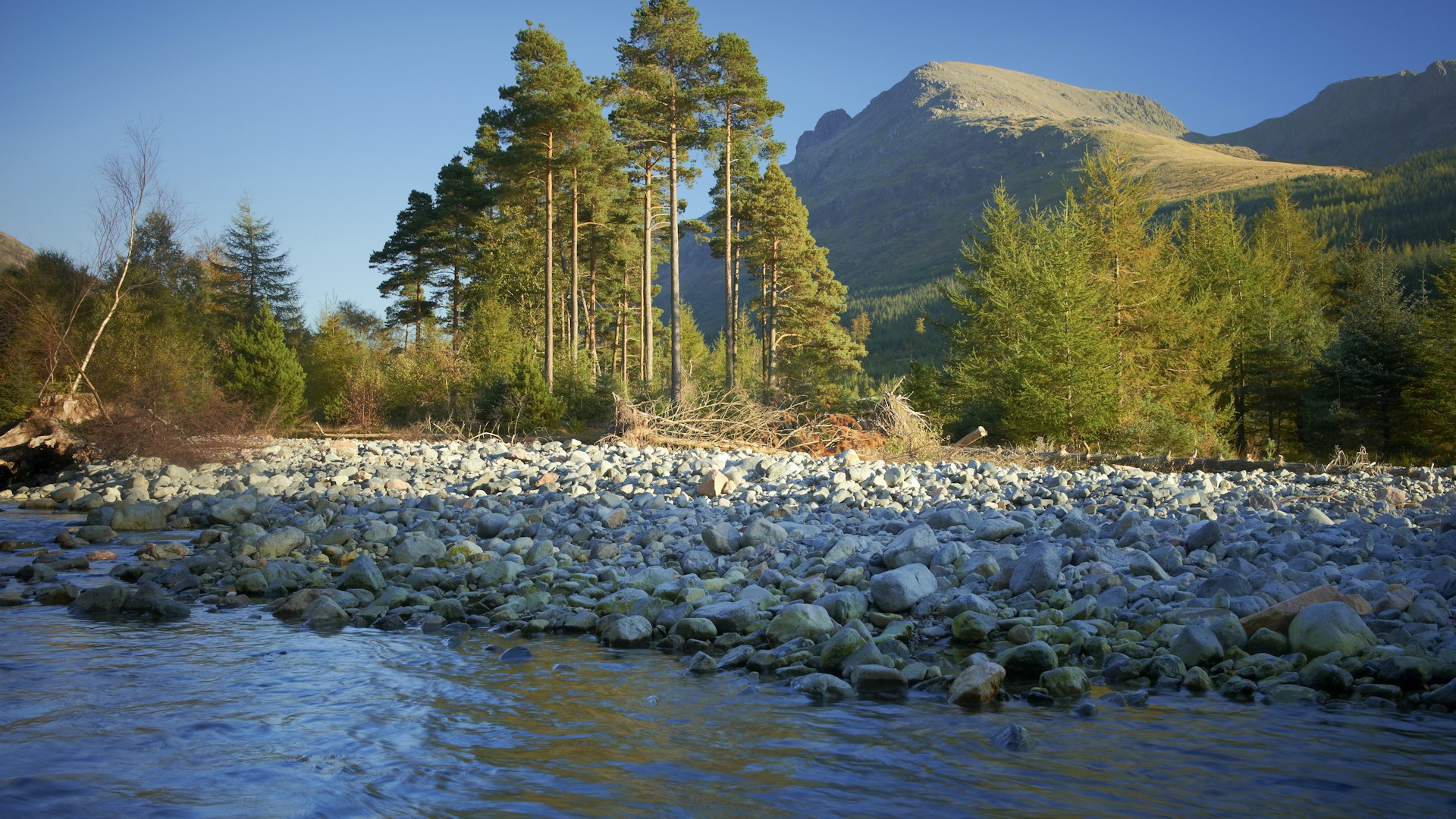
Published 11/05/2020
Two great leaps forward in conservation thinking were made in the opening years of this century; the development of ‘natural capital’ (and the ‘ecosystem service’ generated from these natural assets), and the promotion of ‘rewilding’ as a vigorous new way to address the biodiversity crisis on land and in the sea. Both approaches are setting the agenda for nature conservation and resource use for the 21st century; so how are the two concepts linked?
Fundamentally the adoption of natural capital thinking obliges us to place a real economic value on natural assets worldwide that hitherto had been neglected, regarded as free, or all too often treated as limitless. Rewilding, a more elastic concept interpreted in many different ways, proposes the adoption of largely unfettered ecological processes, moderated by environmental and social factors, and providing key insights into how present-day ecosystems might function in future natural landscapes.
Natural capital accounting poses many challenges for classical economic models, not least for its internalisation of intangibles, long time horizons and finite boundaries (we have only one planet). Nevertheless, it is an essential complement for the discipline of economics through recognition of the crucial role nature plays in supporting economic activity and, indeed, of civilisation itself.
Similarly, rewilding has challenged more orthodox conservation thinking, questioning the sharp division of landscapes into defined habitat types with clear and distinctive suites of associated species. It persuasively argues that historic land use practices can be replaced with more natural drivers of wildlife diversity. Both approaches are long overdue developments that will be of lasting importance as we face the environmental and social challenges of the 21st Century.
Rewilding: driver of natural assets
Given that rewilding works best at scale, and especially in landscapes bereft of wildlife and cherished historical features, the rewilded areas can be classed as natural assets in any natural capital accounting exercise. Alongside the increased wildlife in such areas these natural capital assets will draw down carbon, improve water and air quality, and, in most cases, provide human enjoyment, all of which are acknowledged benefits of other natural capital assets. It has never been a prerequisite for natural capital assets to provide all such services to the same degree.
Rewilding might reduce some values but increase others, but so do plantations or meadows, chalk grassland or farm fields. They all have multiple outcomes expressed to different degrees and in different ways depending on the scale, location and character of the land. If the rewilding includes the use of domestic livestock, most obviously cattle as analogues of long lost aurochsen, or harvested wild meat, then food provision is another ecosystem service provided, in the form of beef and venison.
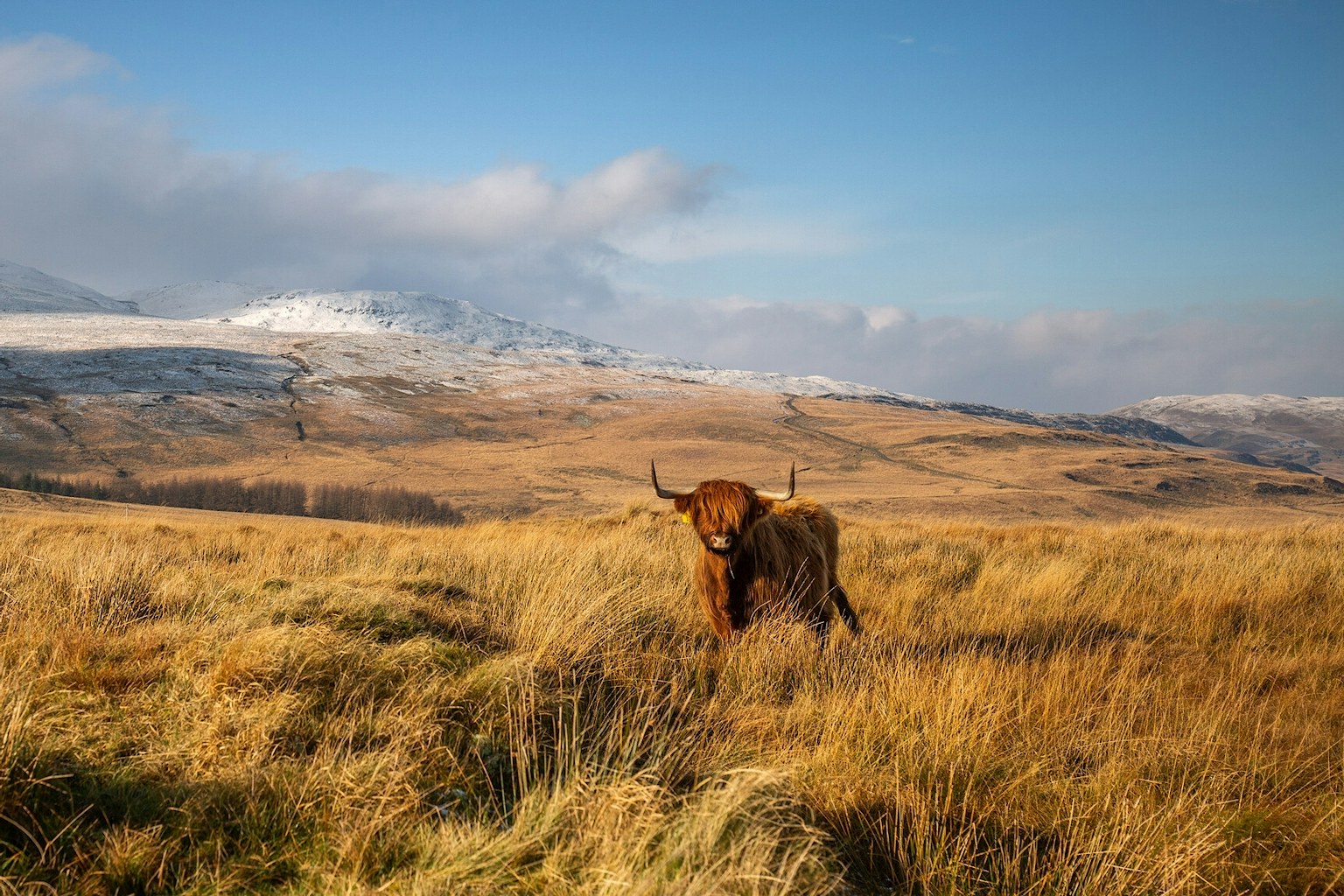
Rewilding has led to the exciting and widespread realisation that:
- All our species were present in the landscapes of the past somewhere.
- Past diversity was driven by various processes, from the grazing of aurochs to the flooding of rivers.
- Many of these processes and situations can be reinstated, at least in part.
- Nature responds extraordinarily quickly when given the opportunity. Rewilding celebrates this responsiveness, unpredictability and diversity and is proving very potent. It is clearly here to stay as a term in widespread usage, and likely to be widely adopted in practice.
Rewilding does not imply a return to a lost or imagined past, nor does it replace more traditional approaches to land management for nature conservation. It does though complement and enhances them greatly, through recognition of the role that the natural drivers of disturbance (large herbivores, beavers, floods, tree disease and tree fall etc) once played in the maintenance of species diversity and may play again in the future. It is essentially restoration ecology. It powerfully complements the advocacy of Natural Capital which requires us to identify those assets we must carefully conserve or are deficient in to address the needs of the future; for the conservation of biodiversity, carbon management, the provision of natural materials such as timber and woodfuel, or the need to manage natural hazards such as flood and drought. It also does this in ways that are essentially cost-effective, fundamentally rooted in ecological science and supported by an understanding of the deep past.
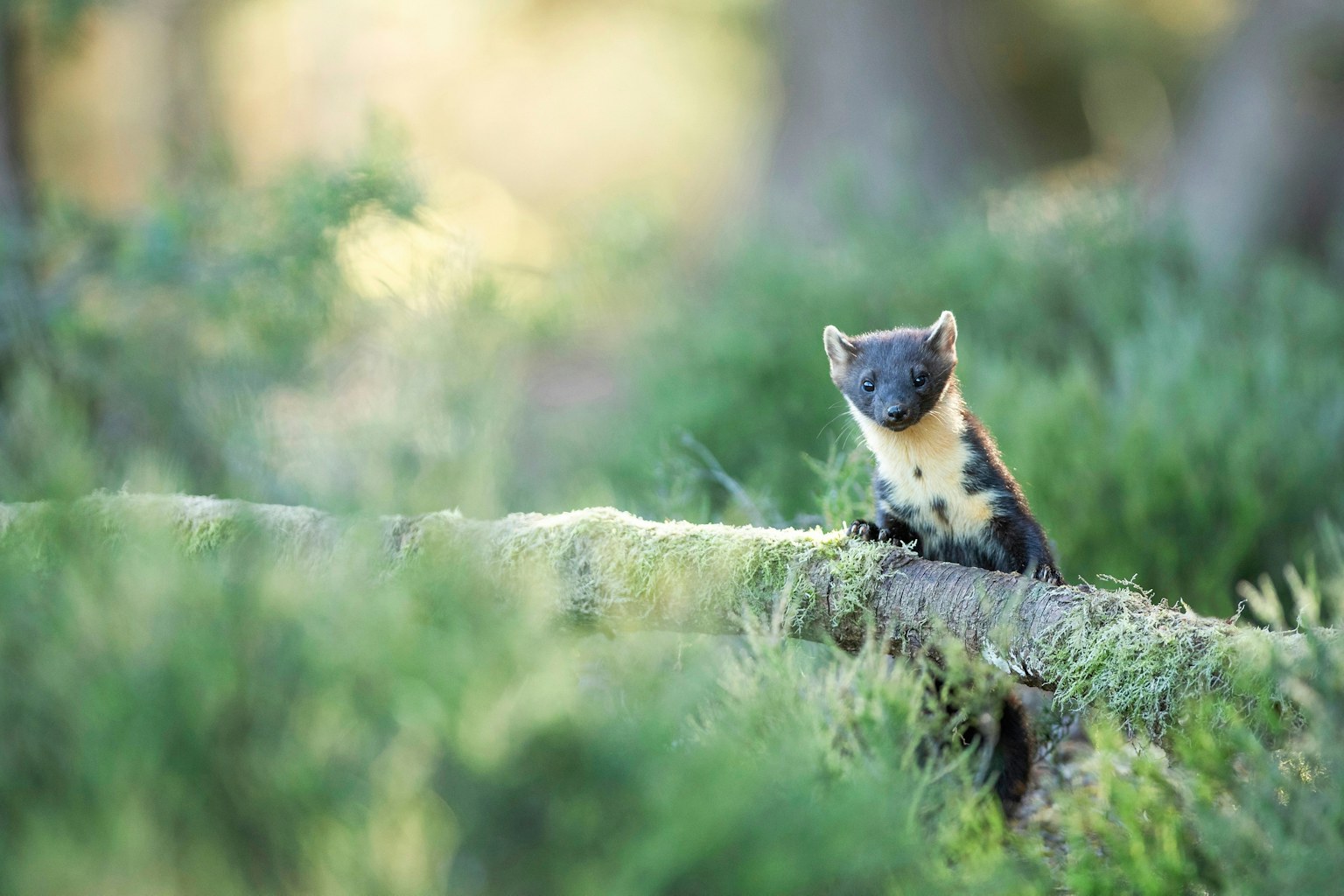
Return of missing species
In some locations, it may enhance or support processes that are missing through the restoration of key species. For example, martens as elements of control over grey squirrels or beavers in forest streams enhancing flood alleviation. The reintroduction of these keystone species (or their functional equivalents) is at the core of debates about rewilding. But they also enhance the Natural Capital values of such areas and increase the delivery of key ecosystem services derived from them. This is surely where the common ground lies; in finding new ways and means of restoring natural ecosystems, and hence increasing natural capital with a sound understanding of how to deploy our limited resources. Natural capital and ecosystem services are two sides of the same coin; rewilding just one high value denomination coin of the same currency.
Jonathan Spencer has been engaged in nature conservation and ecosystem restoration projects for over thirty years. Having played a key role in the restoration of Greenham Common, from an active airbase back to a grazed wildlife rich common, he worked as the Forestry Commission’s first ecologist in the New Forest, and later as Senior Ecologist for Forest Enterprise, operating across England. He has played an important role in seeing the return of beavers, pine martens and more recently sea eagles to FC forests across the country, and in ending the use of lead ammunition in deer management across the estate.
Jonathan retired as Forest enterprise Head of Environment in 2019, having been awarded an MBE for services to Woodland, the Environment and Nature Conservation in 2018, and now works on a number of environmental projects across Europe. He is Chairman of the Bentley Wood Trust, an extensive ancient wood near Salisbury, and acts a trustee for the Soil Association.
Further reading:
Natural Capital; Valuing the Planet. Dieter Helm, 2015, Yale University Press
Wilding: The Return of Nature to a British Farm Isabella Tree, 2018. Picador
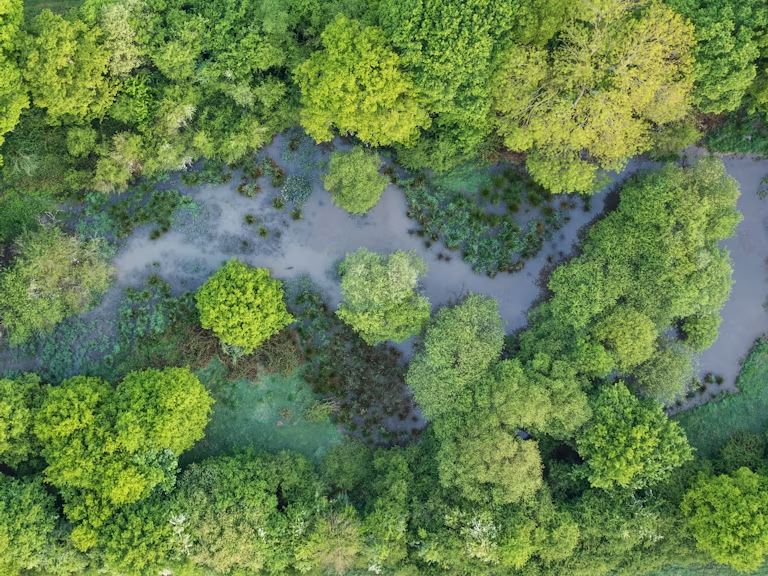
Explore our Rewilding Manifesto
We need UK Government to Think Big and Act Wild for nature, people and planet.
Learn more
Our vision
We have big ambitions. Find out what we’ve set out to achieve through rewilding.
Our 2025-2030 strategy

